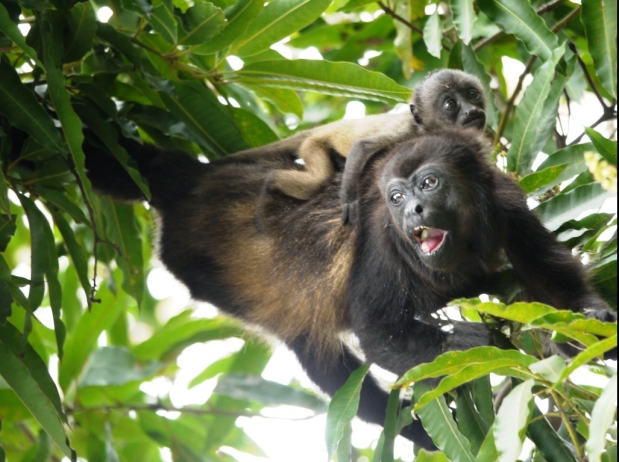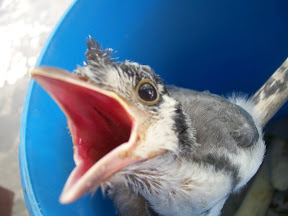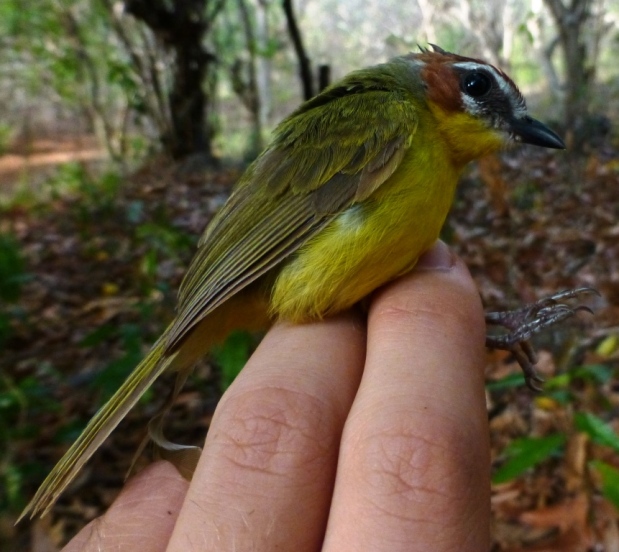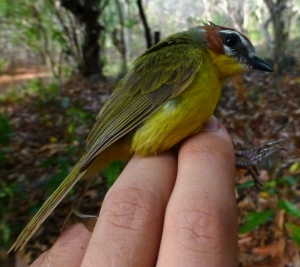The kinds of governments and national attitudes in the United States of America and Nicaragua rarely coincide, lately. In fact, it would be unusual and even surprising that Nicaragua and the United States of America would find themselves united against the rest of the nations of the world on any particular world policy or political stance. Even more bizarre would be that the two countries would find themselves formally differing from all of the countries of all the continents in the world, save Syria. Nonetheless, this is what appears to have happened, recently.
At the Paris summit on climate change, held in 2016, a collection of environmental objectives were established, with commitments made by the respective nations for compliance. Most countries have formally signed on, and virtually all the nations in the world participated and agreed on the formal outcome of the summit. The countries which did not, were Syria, a failed state, and Nicaragua, which argued that poor nations are obliged to shoulder an incommensurate burden regarding carbon dioxide, especially when considering that most wealthy nations developed their infrastructure and economies by destroying their forests, centuries ago in most cases.
It merits mention that Nicaragua, which openly opposed the final version of the consensus 2016 agreement, is among the very poorest countries in the western hemisphere. Its carbon footprint, however, is exceedingly low: close to half its electricity is generated by renewable energy sources, and there are far fewer automobiles than in other, more prosperous countries. Furthermore, air travel through the country is a fraction of comparable countries such as Costa Rica. Even the proposed Nicaragua Canal is billed as providing a huge greenhouse gas dividend to the world, if and when it is built.
The USA position, on the other hand, has recently changed dramatically. A guiding force in the agreement just a year ago, the government, now under the control of President Donald Trump, has summarily discounted the agreement as bad for US interests, and has already begun pulling away from the commitments made by the country to comply with the agreement.
Stranger bedfellows were never known than these: Nicaragua, Syria, and the United States, all found outside the Paris Agreement.
Follow the link to an essay in Spanish by Jeffrey McCrary on this subject, published 15 June, 2017, in El Nuevo Diario.







